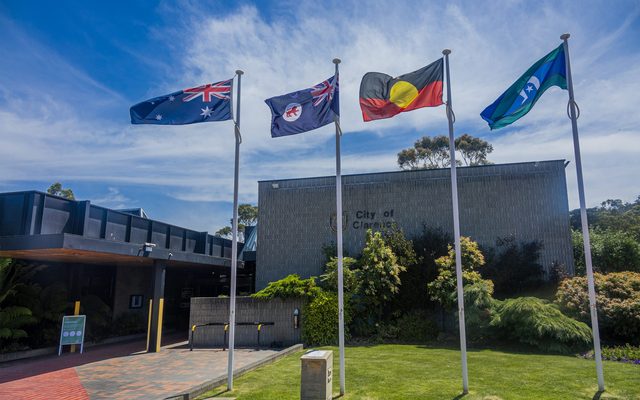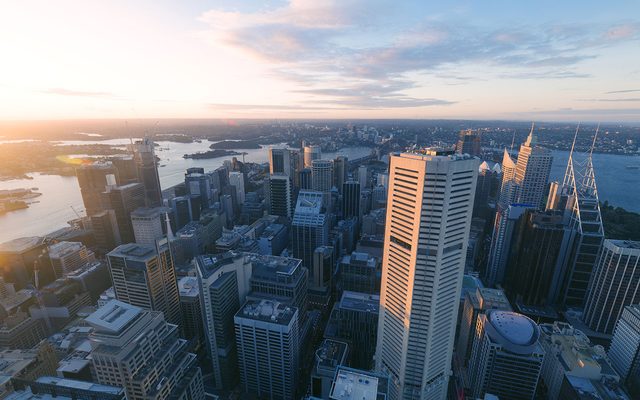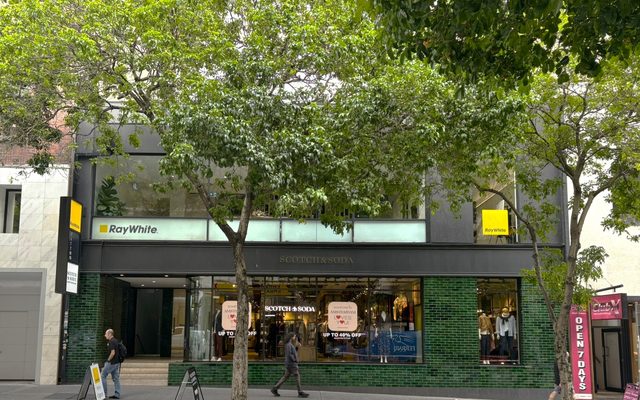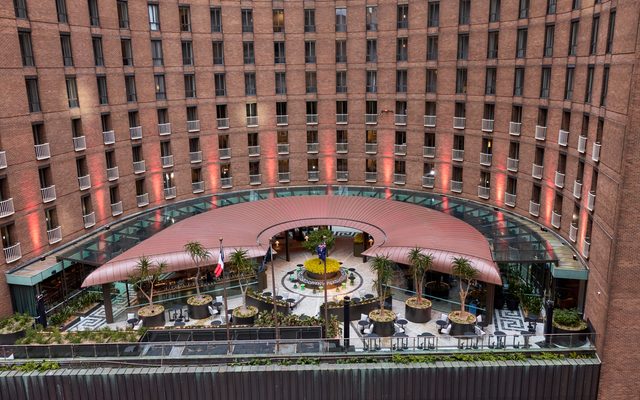This article is from the Australian Property Journal archive
SYDNEY has become the world leader in office yields amongst key gateway cities, as returns are set to tighten further across the globe.
Savills and Deakin University’s latest World Office Yield Spectrum found yields across 11 gateway cities had come in by an average of 95 basis points since December 2014, as fund investors continue to look for safe havens amidst a climate of economic and political uncertainty.
Sydney was found to offer the most attractive yields, with 5.37%, clearly above second-ranked LA West with 5.03%, whilst San Francisco followed with 4.64% after it saw yields compress by 32% in the study period.
Of the 54 total cities analyzed, Hanoi and Ho Chi Minh offered the highest yields for office assets, at 8.75% and 8.5% respectively. Taipei, at 2%, and Hong Kong with 2.53% returned the lowest.
Savills national head of research in Australia, and report author Tony Crabb said generally office markets looked set for another year of strong investment, driven by office property’s most preferred investment status along with economic and political factors, which had pushed investors towards the safety of bricks and mortar.
“This is an interesting time in the investment cycle where markets have responded to the inflation/growth trade by pushing bond yields and growth stocks, whilst also recognising office markets should perform well as demand grows,” Crabb said.
He said with some level of economic and political uncertainty remaining in most markets it was fair to say that office risk premiums would continue to offer very good value and hence drive demand and, in some instances, even firmer office investment yields.
“Much of what happens in 2017 and beyond will depend on the course the US Federal Reserve takes with regards to interest rates and the new President’s policy settings.
“Those factors, along with Brexit negotiations and elections in key European countries, will largely determine how currencies behave, how trade flows and how capital moves around the world,” Crabb said.
He said a limit on office property investment would be the shortage of stock, with some gateway markets experiencing record investment levels in recent years.
“That shortage of stock is being exacerbated by the strength of leasing markets, especially in gateway cities, which is driving tighter vacancy and rental growth, and landlords are happily holding on for the ride,” Crabb said.
Amongst the remainder of the gateway cities, Shanghai offered 4.42% yields, followed by New York at 4.09%, Singapore at 3.97% and London at $3.88%, before a clear tightening to Munich’s 3.40%, Tokyo with 3.20%, Paris at 3.18% and Hong Kong.
Australia recorded $27 billion worth of commercial property transactions in 2016, above the five-year average for the fourth consecutive year.
Crabb said that while the market was on track to record a further year of growth, a lack of portfolios and a diminishing supply of prime properties would limit investment volumes.
Foreign investors were the most active buyer group in 2016, accounting for 40%, or $10.7 billion, of sales, followed by professional investors, represented by Trusts, Funds and Syndicates, with $8.75 billion.
Crabb said while both buyer groups remained keenly interested in ongoing investment, yields would continue to firm.
“In some markets, particularly Sydney and Melbourne, market fundamentals are improving rapidly. We believe this improvement will lead to further tightening in yields as investment capital starts to price in expectations of future NOI growth. This part of the yield cycle is just beginning,”
Asia is seen to the have limited scope for further yield tightening, although a lack of stock presents a major challenge to investors.
Hong Kong Savills senior director, research and consultancy, Simon Smith said the low interest rate environment, the ongoing search for yield and increasing allocations to real estate are all considered to be positives for the sector.
He said the lack of liquidity across most asset classes had arguably been masked by the above-average number of portfolio deals recorded over the second half.
“Scarcity of assets has resulted in money accumulating on the sidelines causing fundraising to decline versus the previous year,” Smith said.
He said despite its inward focus Asian real estate capital had continued to explore overseas markets with the US attracting the lion’s share of deals, with cross-border activity dominated by China, South Korea, Singapore and Hong Kong, while South Korean activity registered the highest rate of increase.
Brexit has triggered a decline in institutional investment activity in the UK, but a jump in demand from private offshore investors.
Savills director research Europe, Lydia Brissy said investors had been attracted by the weakening of the pound, which was seen as enough to compensate for a perceived increase in occupational risk.
“Overall, our predictions for 2017 and beyond are investment volumes are expected to trend downwards towards £50 billion per annum, with a swing away from opportunistic deals to income-security plays,” she added.
Most sectors are expecting yield increases, although stable debt markets, low vacancies and global investor demand will cap prime yields lower than those seen in the GFC.
Development activity is tipped to offset a sustained period of occupier uncertainty created by Brexit.
“However, until some clarity emerges as to how Britain will exit from the EU, the real impact on the UK market will be hard to quantify,” Brissy said.
She said the expectation was that investment volumes in continental Europe in 2017 would be similar to 2016.
“Although interest rates are expected to rise to 1.16% in the Eurozone, the property market should remain high on investors’ radar. In France, Germany and the Netherlands, where elections will be held, we expect a wait and see attitude, however the prevailing story regarding core countries is the lack of prime product,”
Prime yields in non-core countries, such as Spain and Italy, remain above the European average, and offer more attractive returns and potential for yield tightening.
US real estate analytics at Savills-Studley, Keith DeCoster, said in comparison to the volatility in equity markets, real estate in the US held up very well in 2016 with office property sales totalling $124 billion to November, roughly 4% below the $129.6 billion in the first 11 months of 2015.
“The `most-favoured market’ status of some gateways is slipping slightly with most buyers showing disdain for markets such as Manhattan and Washington DC, where demand is running short of growing supply. On the other hand, they have remained active in Boston and Los Angeles, where the life science and entertainment/social media sectors continue to grow,” DeCoster said.
Australian Property Journal




